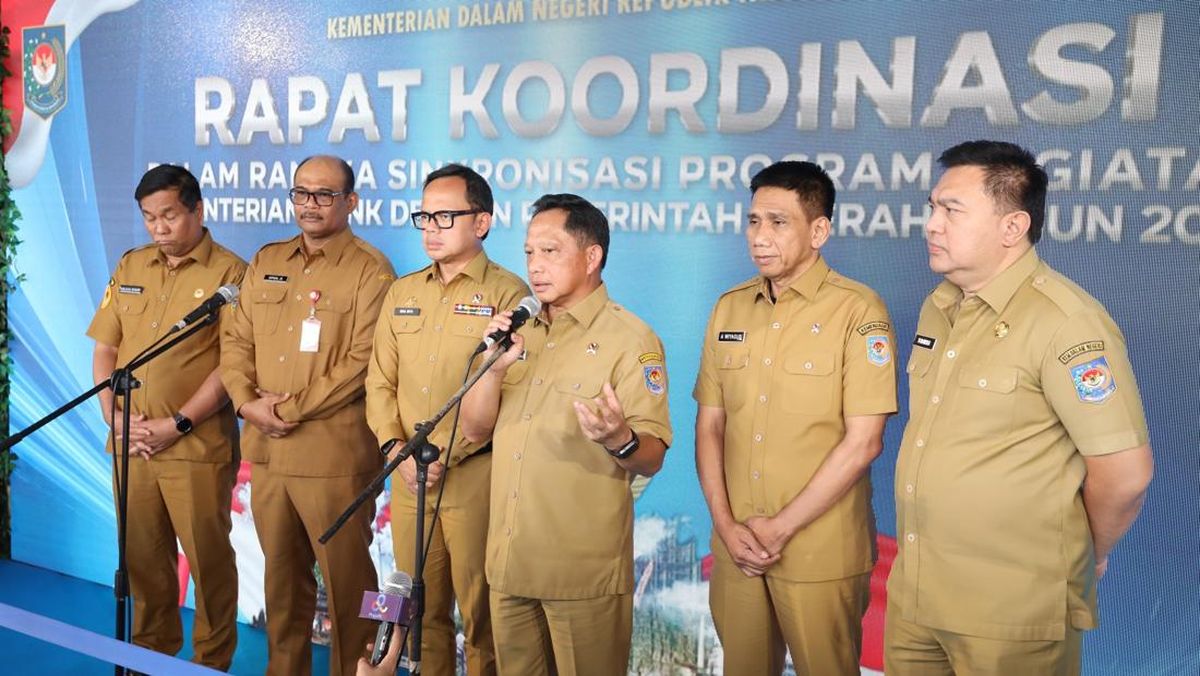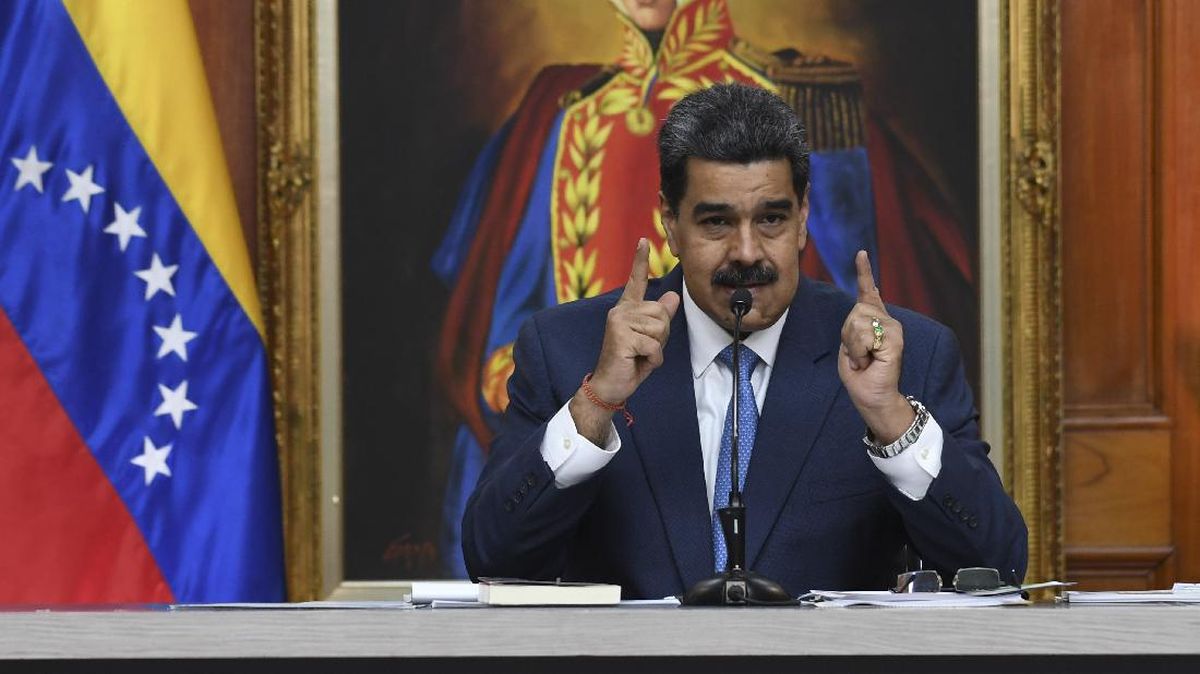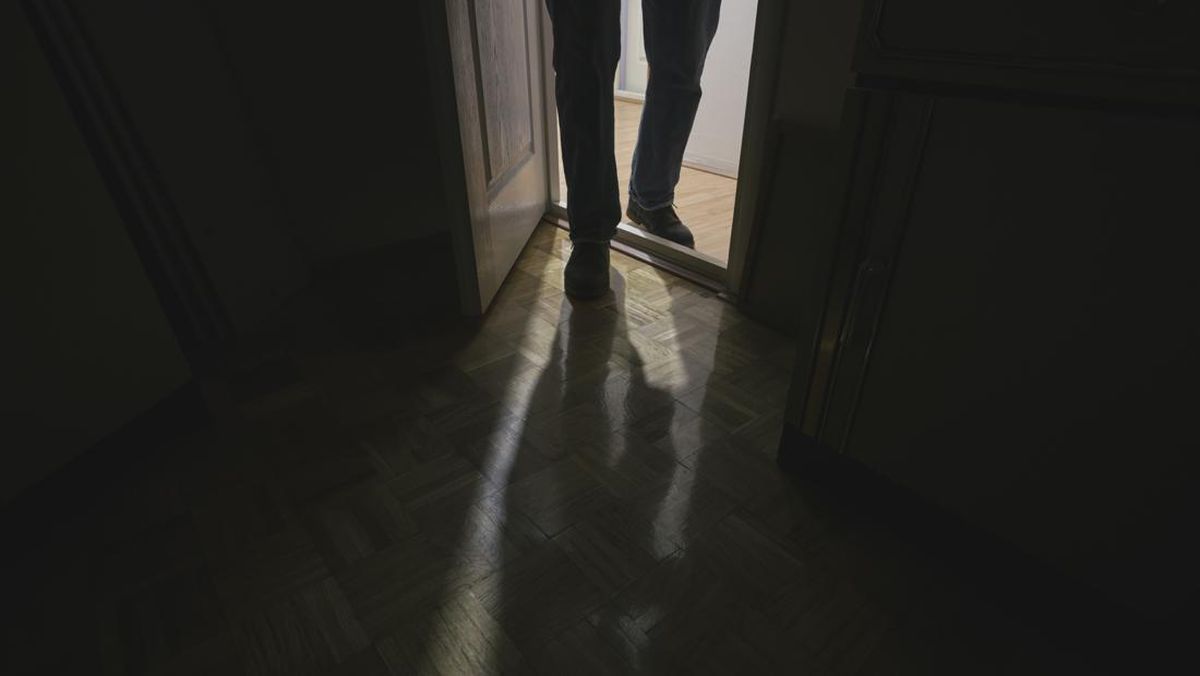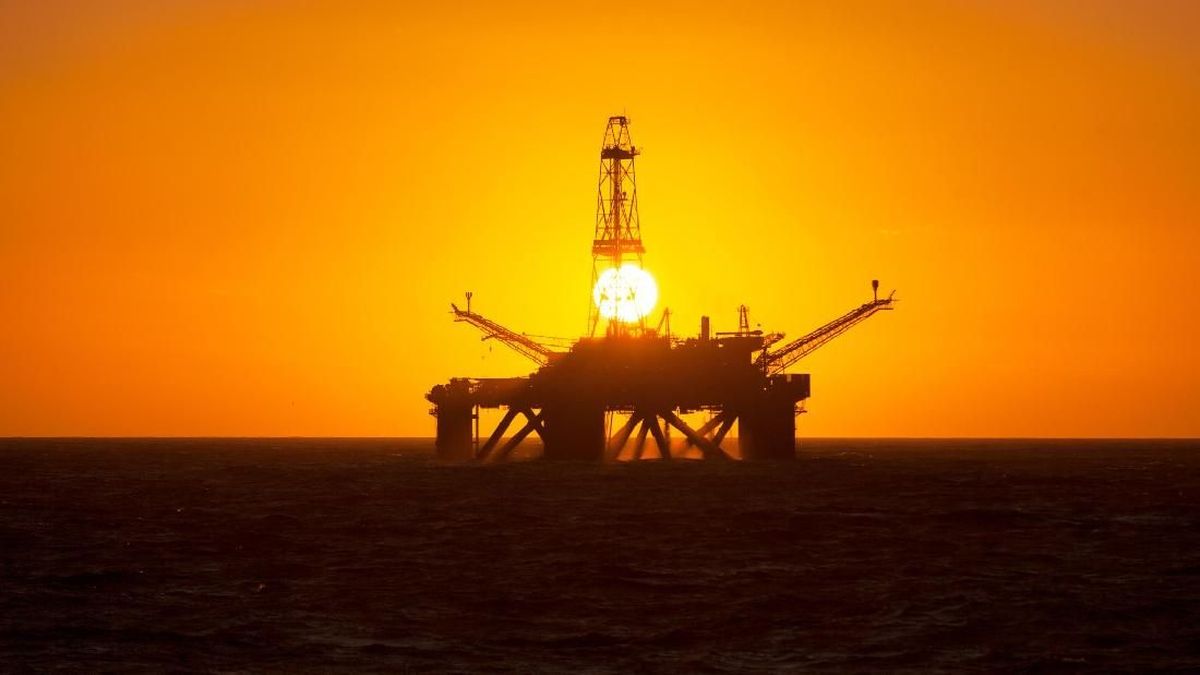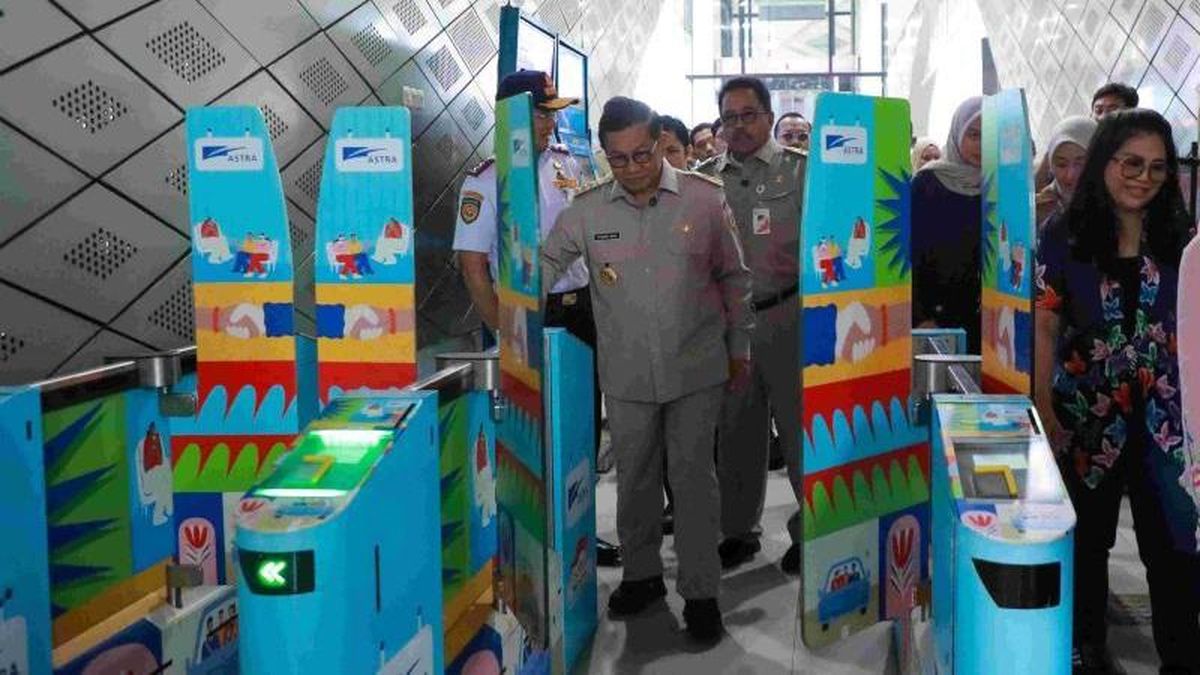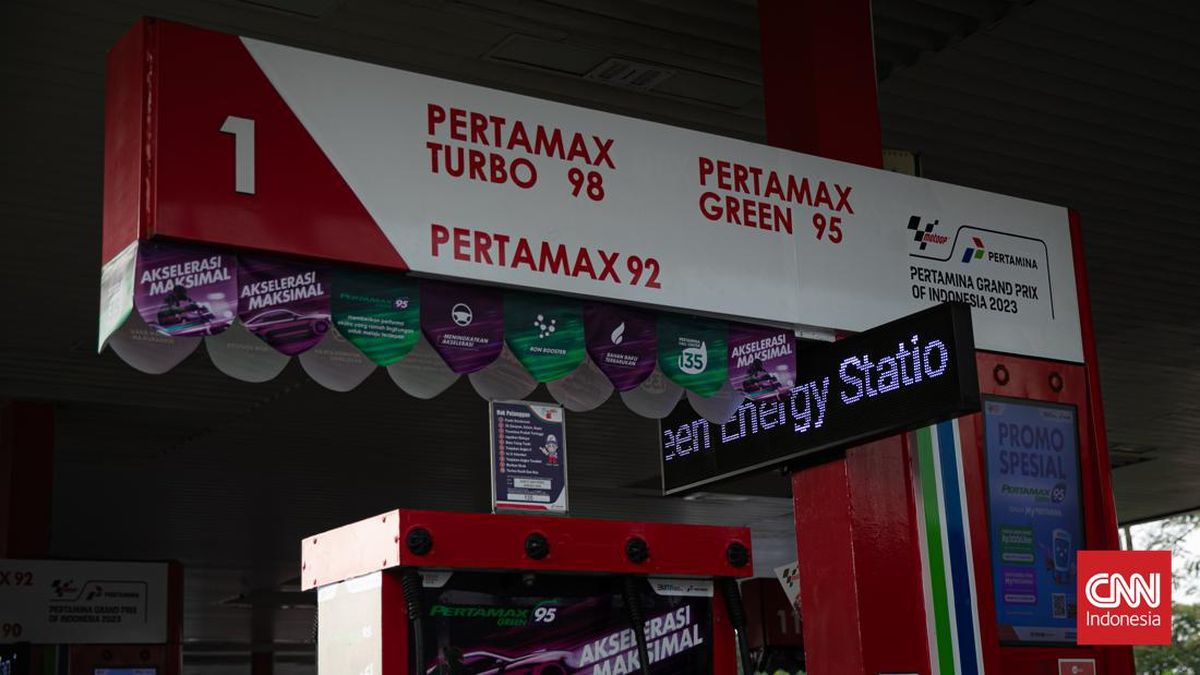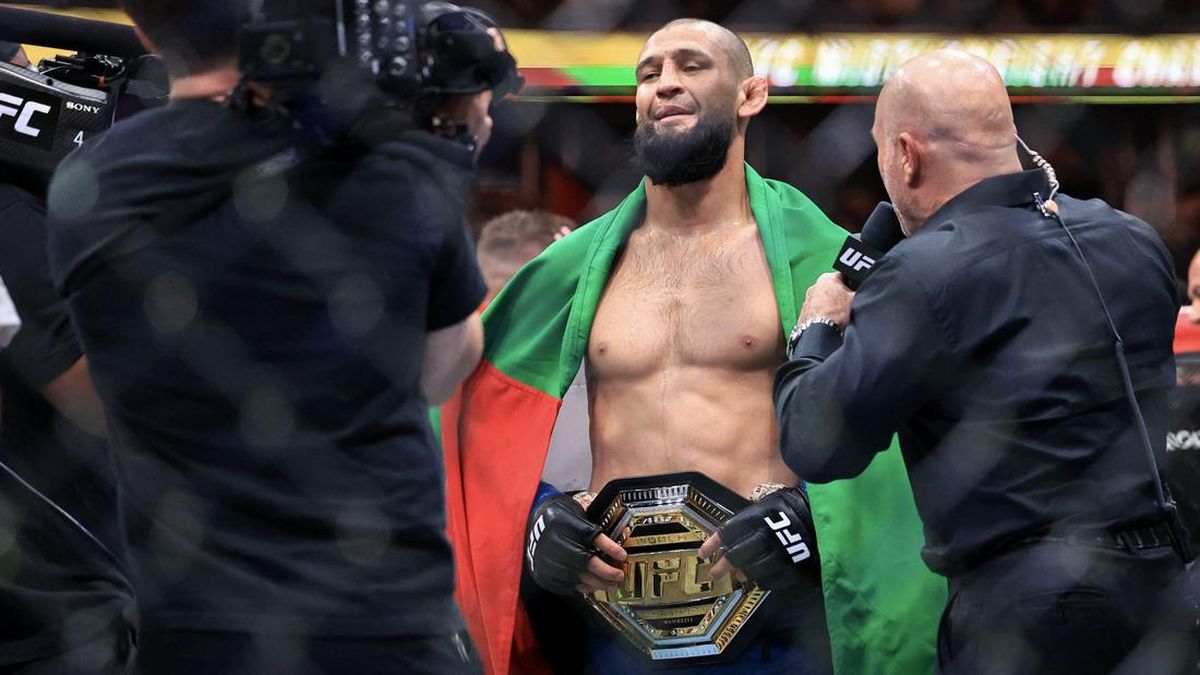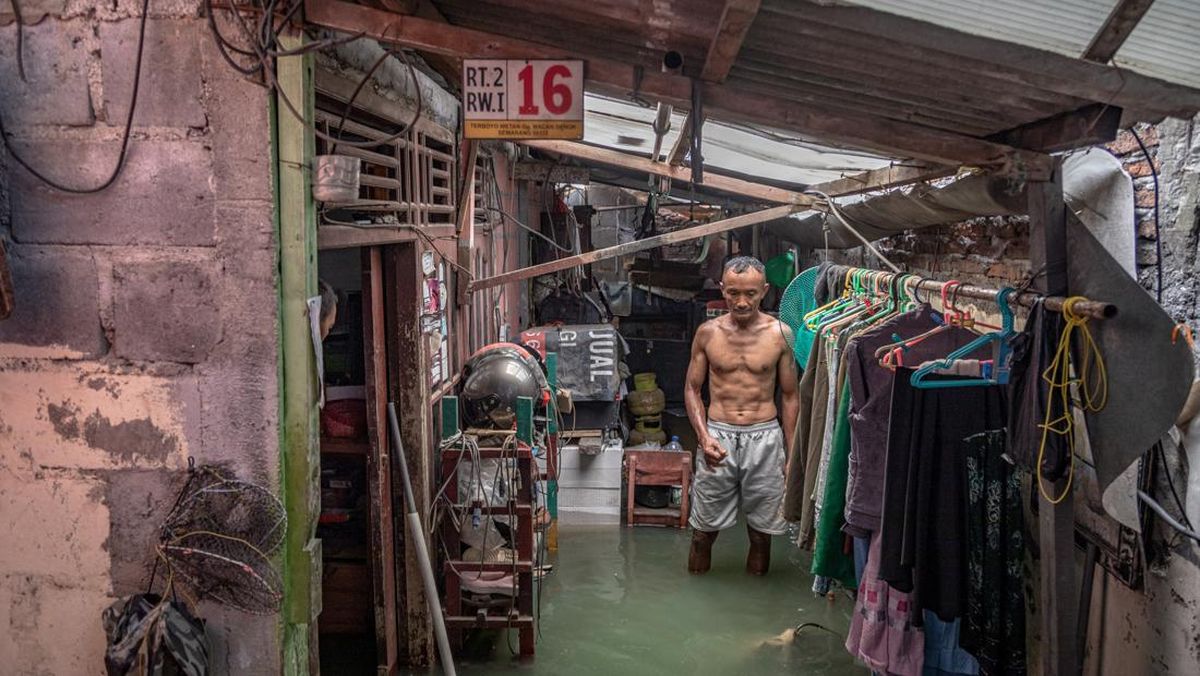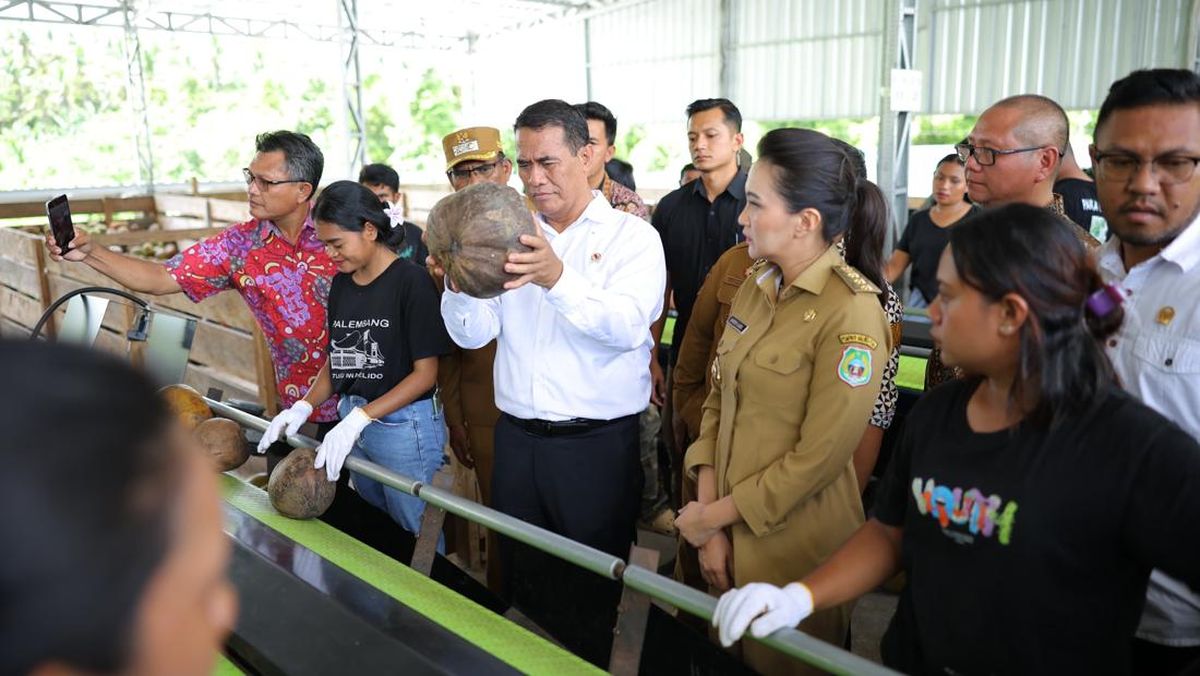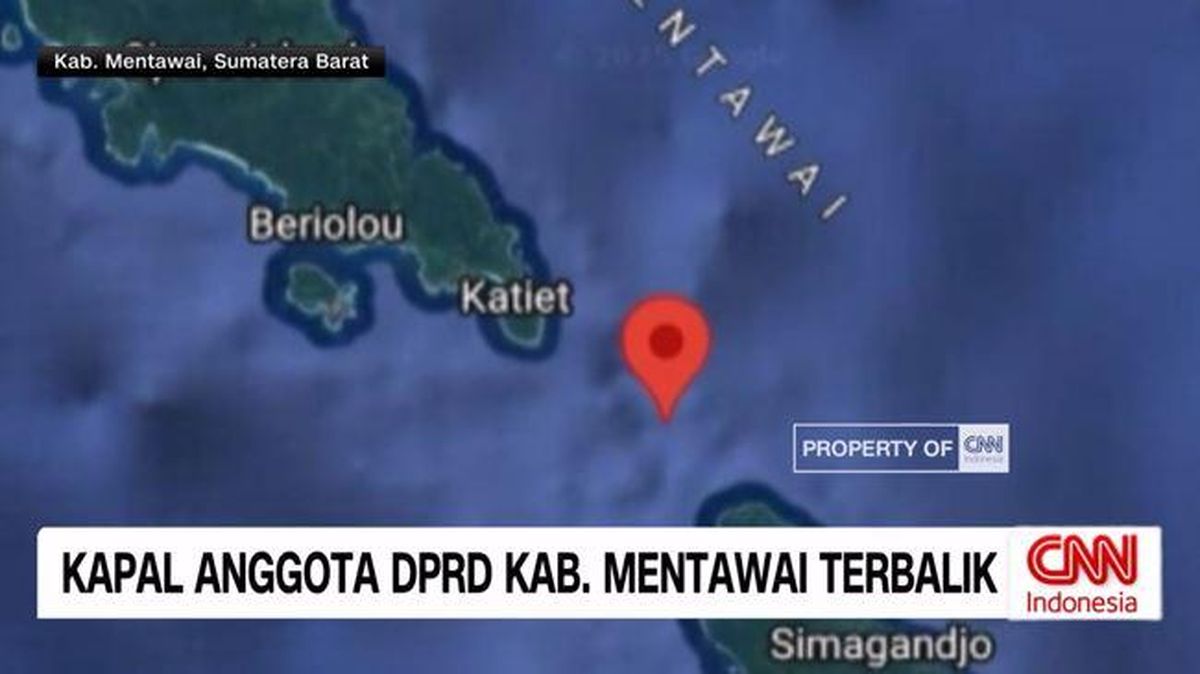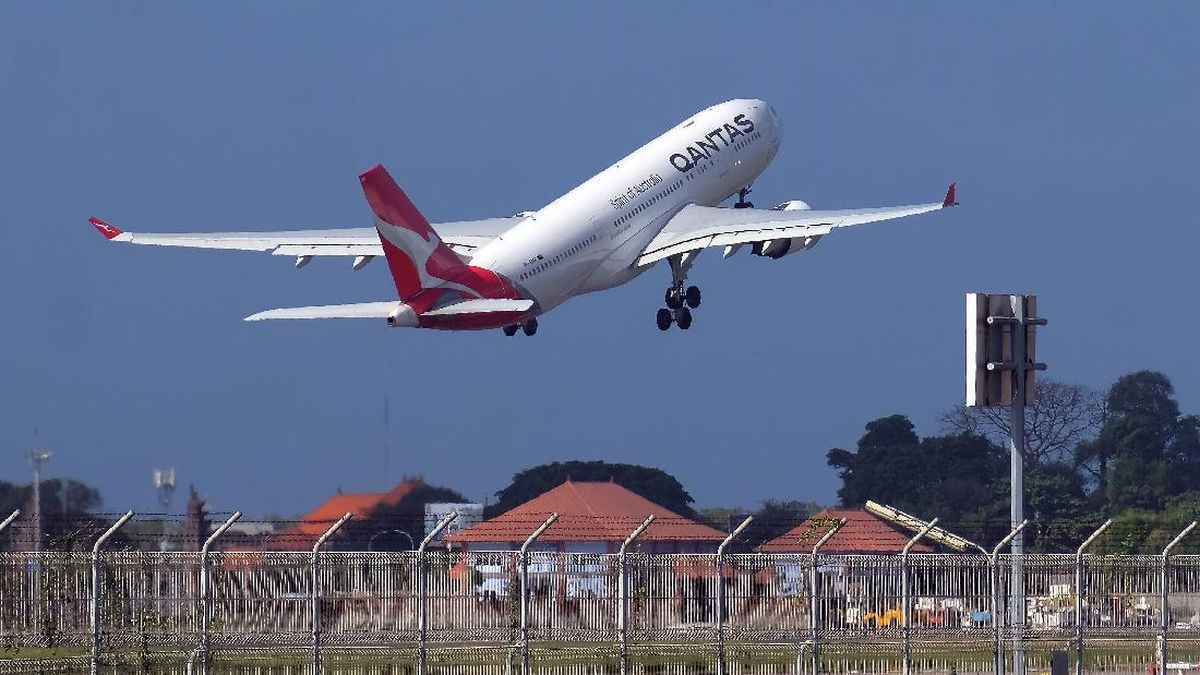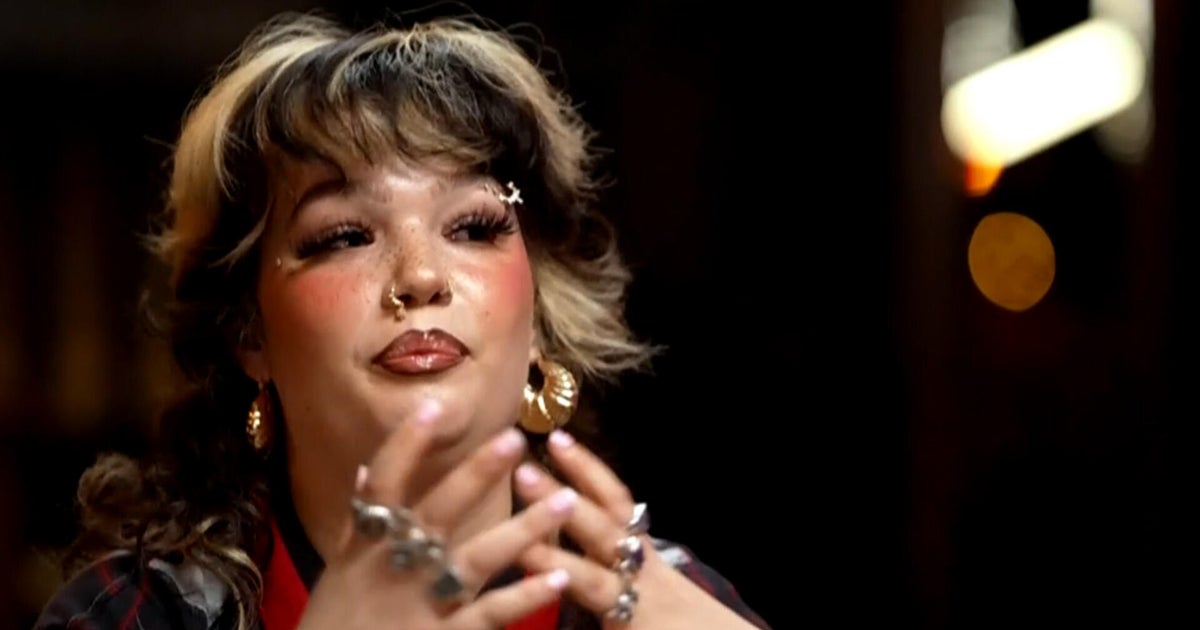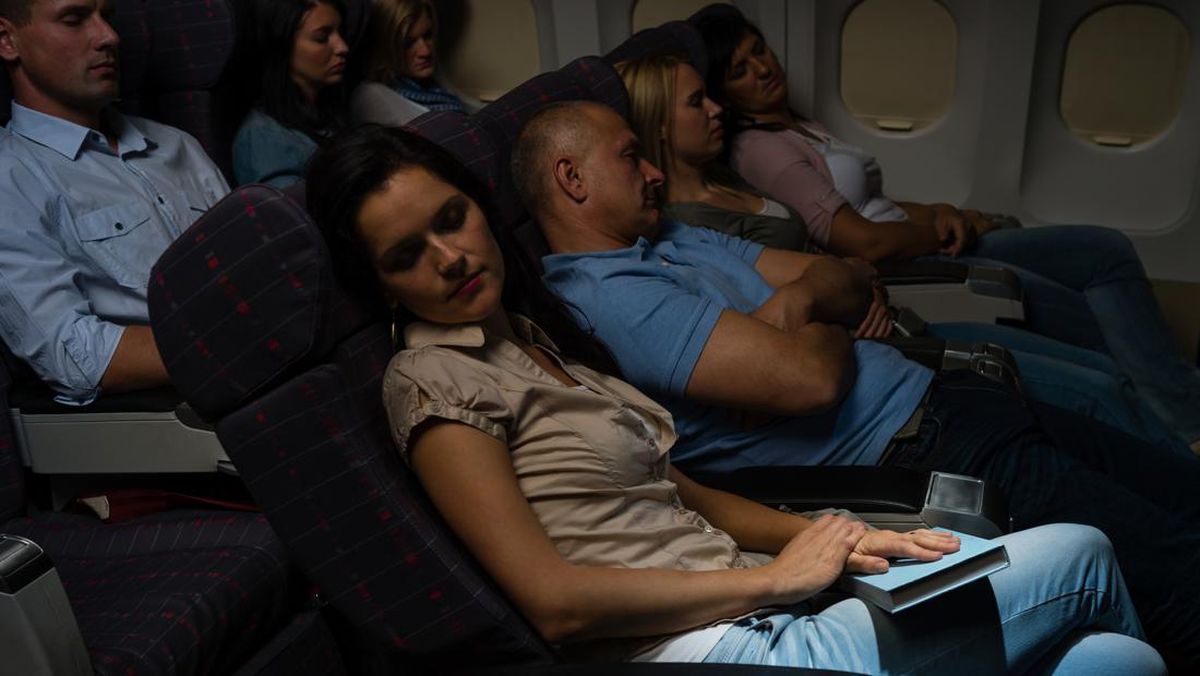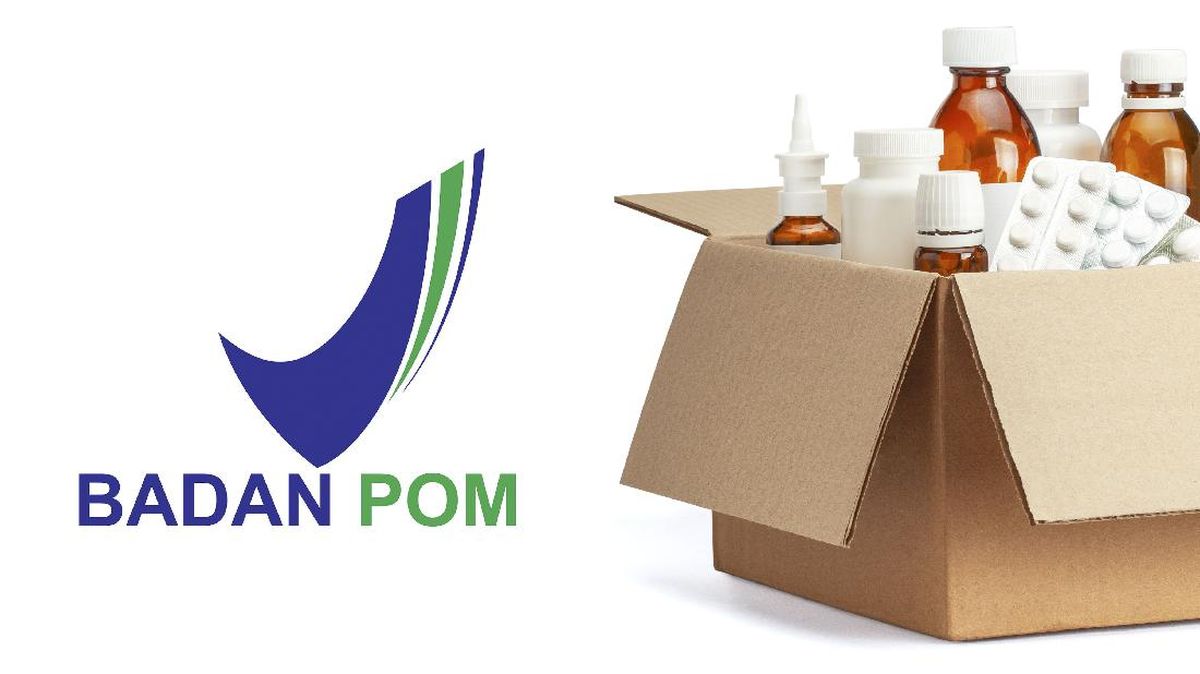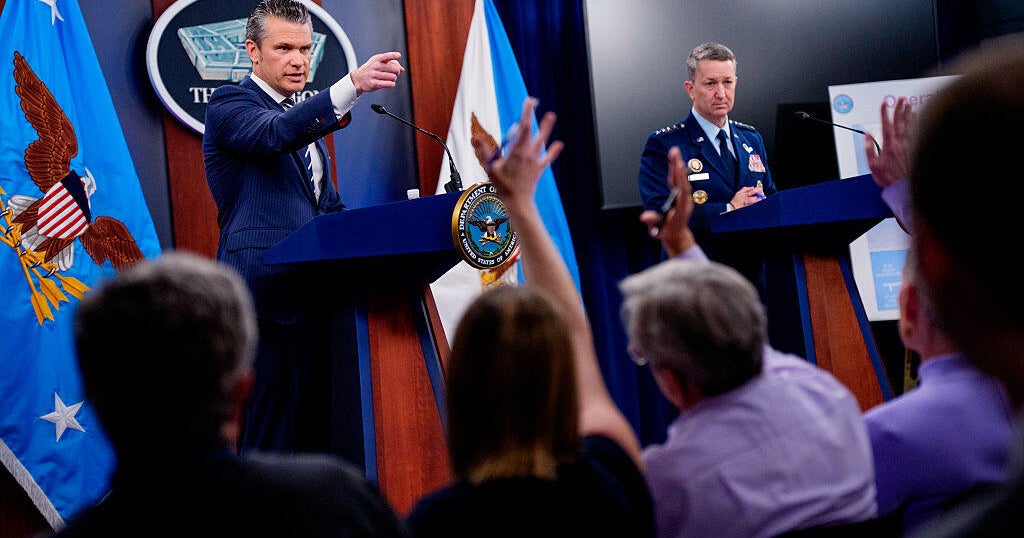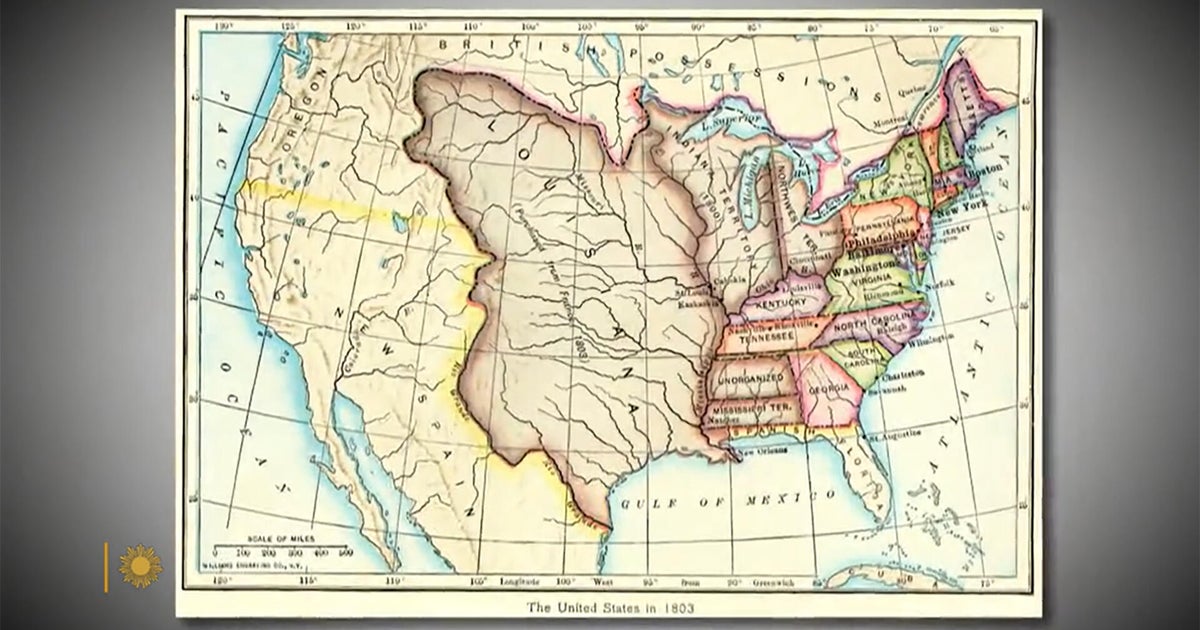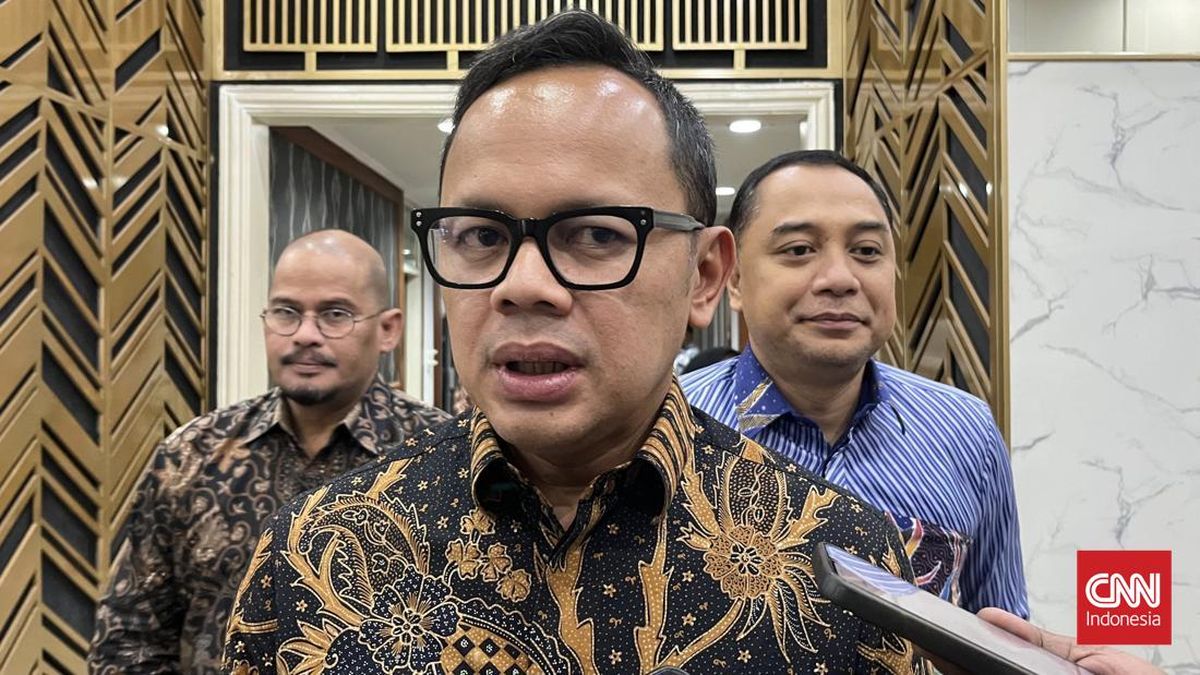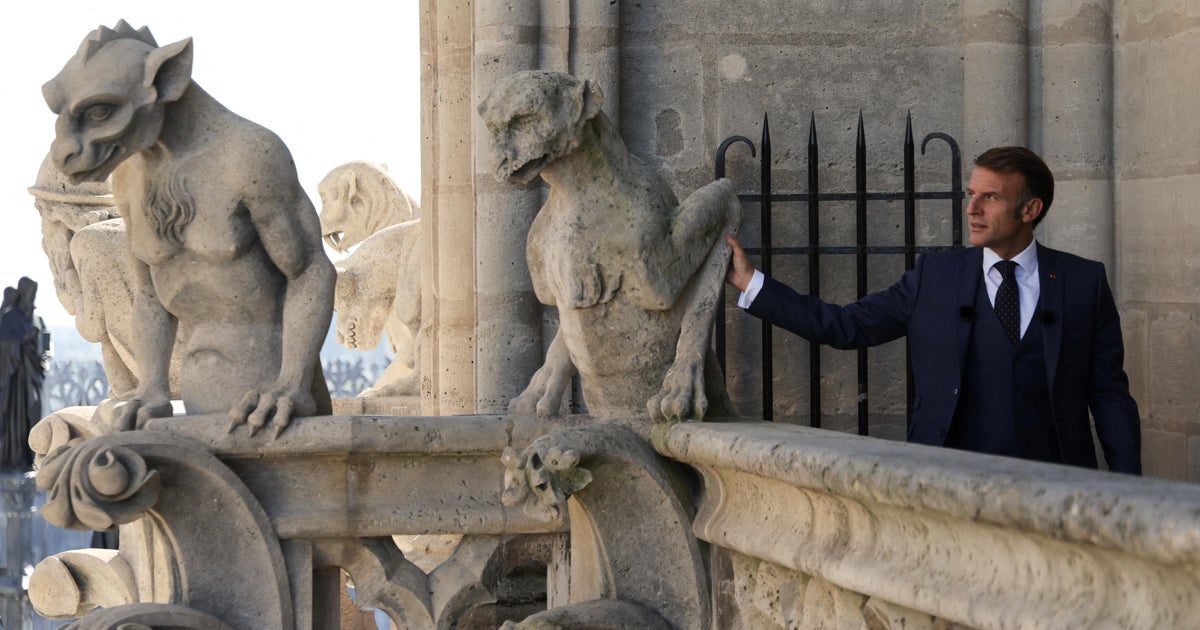Justin Hemmes was a few months off his third birthday in 1975 when his already charmed life took a turn for the even better. His parents, Merivale and John Hemmes, bought the Hermitage estate at Vaucluse.
The purchase of one of Australia’s best residences not only set the family up for what would equate to a tax-free asset worth more than $200 million half a century later, but in the decades since it has helped back the financing for a multibillion-dollar hospitality empire.
The question of how the Hemmes family’s property portfolio has grown from one small pub in 1972 to more than 80 hospitality venues today has long been the stuff of intrigue, if not legend, among Sydney’s pubgoers, and never more so than in the past decade since Hemmes snr died and the expansion of Merivale seemed to hit warp speed.
Part of the answer goes back to the family’s well-timed purchase of the Hermitage in the property market crash of the mid-1970s.

The Hermitage has been in the Hemmes family for the past half century.Credit: Dallas Kilponen
There have long been two versions of how the society darlings of Australian fashion house Merivale came to buy the distinctive sandstone mansion with its green Marseilles pattern-tile roof, both of which include their discerning eye for real estate.
Title records show that Hemmes’ corporate interests paid $500,000 for the Victorian gothic mansion from Dick Baker, then the boss of one of the country’s largest construction giant, Mainline. At that price, it was the deal of the decade, given it was listed for $1.25 million, and press reports at the time anticipated a sale of more than $1 million.
The unofficial version – shared for years among the eastern suburbs property set – claims the Hermitage was Australia’s first sale to eclipse the $1 million mark.
At the time, Mainline had recently collapsed in the wake of the credit squeeze of 1974 and liquidators had started to pick over the company’s accounts when Baker called then-star agent Ron Pillinger with instructions to sell his gracious nine-bedroom, nine-bathroom home set above Hermit Bay.
The Hemmes family were living around the corner on Gibsons Beach when Pillinger rang Hemmes to ask how much cash he had in the shops, so the story goes.

John and Merivale Hemmes and their 18-year-old daughter, Bettina, outside the Hermitage in 1982.Credit: Fairfax Media
It prompted a weekend ring-around of the Hemmes’ businesses to gather enough cash, the proceeds of which went into a cricket bag. A handshake later, and the deal was done for more than $1 million, of which a significant part was in cash.
All furniture, art and even the contents of the well-stocked cellar were included (to make up the cash part of the sale), but not before Pillinger, Hemmes and Baker raided the cellar’s supply of Grange to raise more than one toast to the country’s first seven-figure house sale.
Pillinger’s commission on the deal was not far off Sydney’s then-median house price of $34,300.
Baker flew out of the country headed for new career prospects in the US soon after, with his cricket bag as carry-on luggage.
The story has long been consigned to folklore given all three men who negotiated – and raised a toast to – the deal have since died, but doyens of the industry say that was how business was done back then, before the 1980s saw the introduction of regulatory changes such as the Cash Transactions Act.
If finance was needed, there was no sign of it on the title.

Merivale owner Justin Hemmes at his Vaucluse trophy home, the Hermitage.Credit: Louise Kennerley
That would change by 2003. The property had been lavishly renovated at least once, the estate had grown to 7000 square metres thanks to the acquisition of neighbouring properties, and it was collateral for a $25.6 million loan.
It has been a template for what industry sources say has been the Hemmes family’s approach to real estate ever since: buy premium, spend big capitalising on it, and leverage off the result to finance the next project. Selling is a matter of last resort.
But as Merivale’s property ambitions have soared more recently to include high-rise hospitality precincts in Sydney, and now Melbourne, allegations against Merivale have surfaced that include sexual harassment, exploitation and underpayment of workers.
SafeWork NSW has been investigating Merivale, as well as another major Sydney hospitality outfit, Swillhouse, following earlier claims of sexual harassment and exploitation in their venues. Fair Work launched an investigation into the company on Monday following further claims of underpayment.

Justin Hemmes with sister Bettina and parents Merivale and John.
Merivale declined to offer a response to a slew of queries about the family’s property empire, but its lawyers denied any exploitation of workers, and claims of sexual harassment.
Instead, the paper trail behind arguably Australia’s largest privately owned hospitality empire is set behind a complex and interconnected web of 27 trusts and entities that hold the bulk of the family’s vast property interests. It reveals that the opportune purchase of a Sydney trophy home half a century ago has been a springboard for what has since become a multibillion-dollar property portfolio.
Angel investors
By the time the Hemmes family took up residency in the Hermitage, John and his wife Merivale were already established property investors. As well as their former Vaucluse home, they owned a warehouse in Surry Hills, their House of Merivale boutique store on Pitt Street, and a little pub off Martin Place called the Angel Hotel.

The Angel Hotel was the Hemmes family’s first pub acquisition, picked up for $500,000 in 1972.Credit: Louise Kennerley
Two years later, a block of eight art deco apartments in Woollahra was added for $184,000, which were then sold off piecemeal in the months and years that followed to double their money.
That block represented a case of classic real estate speculation as most investors understood it at the time, and one of the few times property looks to have been purchased with a view to being flipped.
Even before Hemmes snr bought his second pub, he had made it to the rich list, worth an estimated $12 million in the mid-1980s, and Merivale was touted among the leading fashion designers of the day.

In 1993 the late John Hemmes bought the historic National House building for $3.1 million. It is known as the Hotel CBD today.Credit: Fairfax Media
The couple’s pivot from fashion to hospitality didn’t take hold until the 1990s. The Grand Hotel was bought from the Fairfax family in 1992, followed by other city landmarks including a bank building on York Street that would become the Hotel CBD the Royal George Hotel (now the Slip Inn), and the Wynyard Hotel.
The last House of Merivale boutique closed in 1996.
Credit where it’s due
Merivale’s first major foray into hospitality as a mega development goes back to 1998 and the purchase of the burnt-out George Patterson House on George Street for $9 million.
It reopened two years later as one of Sydney’s first multi-venue precincts, called Establishment, to be run by then-28-year-old Justin Hemmes.
Helping to pay for the multi-level pleasure dome was the sale of a slew of investment properties – that warehouse in Surry Hills, a retail block in Randwick, a shop in Double Bay and a CBD building in Melbourne – totalling $9.8 million in sales.

Justin Hemmes pictured at Establishment in 2005.Credit: Marco Del Grande
But there was also debt funding the project.
Justin Hemmes did not respond to a request for comment for this story, so it is left to his previous comments about the debt burden that came with developing Establishment.
“It was a huge gamble and Mum and Dad put everything, including the house, on the line for it,” Hemmes later told The Australian Financial Review. He wasn’t joking.
By the time Establishment opened in 2000, John Hemmes had signed on for a $100 million loan from the State Bank of NSW.
By 2003, the Merivale machine was ready to go again, this time with the more ambitious Ivy. Fronting the redevelopment would be Justin, but behind the scenes was the Hemmes’ interior designer daughter Bettina to oversee the design. It’s a formula the siblings have repeated on their many and varied venues since.
The Ivy’s George Street venue was a consolidation of three main sites bought over two years from 2003 at a cost of about $35 million. At this time the family home, the Hermitage was put up as collateral on a $25.6 million loan.
The lavish rebuild of Ivy – complete with 18 bars, lounges, restaurants and a Los Angeles-style rooftop pool – was estimated at $66 million, but subsequent reports put it at much higher.
Not helping to contain the costs were the site’s challenging access, complex design and a dispute with the builder Lucas Stuart that ended up in a protracted battle in the Supreme Court. Its grand opening at Christmas 2007 coincided with the global financial crisis.
It almost sent the family broke, according to sources in the know at that time. John Hemmes was reported by The Sunday Telegraph as saying they needed to liquidate their assets to reduce their debts associated with Ivy.
Up for grabs was the long-owned Ms.G’s restaurant venue at Potts Point and a secondary house on the Hermitage estate, which was owned from 1980 by another hotelier, Bruce Turnbull, the single father of former prime minister Malcolm Turnbull, and bought by the Hemmes family in 1982.
Ultimately, records show neither property was sold. Instead, the Pitt Street building that was once the House of Merivale boutique was offloaded. Picked up for $225,000 in 1970, it sold 37 years later for $9.25 million.
Loading
One source, who spoke on the condition of anonymity given a long-ago fallout with Hemmes, said after the Ivy project blew out, the bank was faced with being handed back the keys or to offer a discount on the debt.
“There is no doubt he’s [Justin’s] a great operator, and he’s created a very powerful brand, which on its own merit alone adds 20 to 30 per cent in value to anything he does, but he also takes huge risks,” said the source.
When it comes to the Ivy, the risk paid off. According to JLL Hotels executive director John Musca, the amalgamated site alone is worth more than $1 billion today.
“It is said that Merivale is the business of hospitality, and they are, but it is very much in the business of property, too,” Musca said.
“It’s absolutely correct that his asset base is heavily underpinned by his substantial real estate land values.”
By 2010, the Merivale Group was ready to go again. Documents attached to the family’s corporate interests show the major CBD and pub holdings, including the Hemmes Hermitage trust that owns the family home, were leveraged to secure a $500 million loan from the Commonwealth Bank.
Pub mania
Cashed up, the Merivale empire spread to the suburbs and regions, all with a similar template of attributes. Musca ticks off the formula: the right location, large-scale size, and an expensive designer fitout overseen by Bettina Hemmes.
It’s not just about the over-and-above renovation, said Musca. “One of the first things they do is find out what the community wants from the place. That’s why they’re all very different community venues.
“The Bondi is a good example. What was a pretty awful beer garden was converted into the first Totti’s restaurant, but the front bar has been left with the same grungy feel that it’s had forever. It works well there.”

Justin Hemmes at the Coogee Pavilion when it was reopened in 2014.Credit: Mark Metcalfe
Ditto the Vic on the Park in Marrickville, said Musca, with its basketball court and dog-friendly beer garden.
The Coogee Pavilion has been arguably the most expensive suburban pub renewal project. More than $12 million – closer to $20 million according to some sources – was poured into the three-storey hotel over two years from 2013, and all before Merivale settled on it for $37 million.
Other landmarks acquisitions in the pub binge include the Beresford Hotel, The Paddington, and Queens Hotel in Enmore.
The next large-scale pub redevelopment was the northern beaches landmark Newport Arms. But as negotiations took place to buy it in 2015 for $50 million, family patriarch John Hemmes snr died from bone marrow cancer. He was 83.
It didn’t slow Merivale’s expansion plans. Less than 18 months later, Bettina and Justin signed off on an extension of Merivale CBD debt facility, and kicked off another bullish round of pub and venue acquisitions that would last a decade.
It is a diverse list of venues. The Alex at Eveleigh, the Tennyson Hotel at Mascot, The Collaroy, Marrickville’s Vic on the Park, Allawah Hotel and Lorne Hotel in Victoria.
In acquisition costs alone, not including fitouts and additional costs, the Merivale pub portfolio was amassed for $435 million.
While Sydney lays claim to a few hotelier families with a good-sized pub portfolio – the Laundys, Arnaout and Gravanis families to name a few – none come close in terms of core metro geography to their name, said HTL Property director Andrew Jolliffe. “Justin Hemmes is entirely unopposed in terms of under-roof licensed premises and the square metreage he owns.”
CBD empire
Two decades after the Ivy rose from a mountain of debt, so too does Merivale’s ambitious plan to redevelop the site into a skyscraper face significant hurdles.
The Ivy site was earmarked as potential high-rise tower after one of the Hemmes trusts acquired the neighbouring buildings on George Street for $77 million.
Billed as Hemmes’ greatest challenge yet, it has since stalled after part of the site was compulsorily acquired by Sydney Metro in 2022 to make way for the nearby Hunter Street station on its Metro West line.
The value of the site is now a matter before the Land and Environment Court amid a claim by Sydney Metro that it is worth $91 million against Hemmes’ $215 million.
Meanwhile, there is a third super hospitality site being aggregated a few blocks away, next to the family’s long-held Hotel CBD sports bar.
To date, five buildings that take up most of a block flanked by King, York and Clarence Streets have been almost wholly acquired at a cost of $228 million by corporate interests of troubled subcontractor Kirk Tsihlis.

Five buildings known as the Kings Green site flanked by King, York and Clarence Streets has almost been totally aggregated at a cost of $228 million.Credit: Steven Siewert
Known as Kings Green, it was proposed to be a $1.8 billion redevelopment into a 49-storey tower by Tsihlis, but six months later the job lot was transferred for $1 to the trust JH Clarence #2 Pty Ltd. Justin Hemmes is the sole director and owner.
Hemmes’ acquisition of Kings Green also faces a significant hurdle in the form of finance worker Jerry Chen.

Jerry Chen is the last remaining home owner in Clarence House who has not sold out to Merivale.Credit: Steven Siewert
Chen told this masthead last year that he refused to sell his apartment in Clarence House, one of the five buildings that make up Kings Green, despite his many neighbours already doing so.
Chen said he was warned by his departing neighbours that if he didn’t sell out to make way for Merivale’s latest CBD vision he might be slugged with higher strata fees given increased capital works in the building.
It wasn’t an empty threat. In the Notice of Annual General Meeting held in late May it was revealed that all units – of which all but one are owned by Hemmes’ trust – would be slugged with increased levies to cover the capital works fund.
For Chen, his quarterly strata fee of $1400 was increased by $3400 for capital works, totalling $19,237 for the year.
“It’s their way of forcing owners out,” he says. It is yet to work on Chen. He said he still won’t sell.

Kings Green is an aggregation-in-progress of five buildings on King, Clarence and York Streets in the CBD.Credit: City of Sydney
Merivale did not respond to inquiries about the capital works.
That hasn’t stopped Merivale submitting a concept development application for the site that includes a hotel, underground nightclub, jazz club, supper club, restaurant and cafe, sports bar, health spa, gym, restaurant and lounge, an internal courtyard, and offices.
City of Sydney’s approval isn’t a given. All five buildings are among “the finest group of classical heritage buildings in the CBD” and two of them are State Heritage-listed buildings, said a council spokesperson.
As such, any approval will also need to come from Heritage NSW.
Melbourne’s CBD is set to get a taste of the Merivale vision too.
Melbourne was in lockdown in April 2021 when Hemmes bought a seven-level building known as Tomasetti House for $37 million, adding an art deco warehouse called Kantay House in 2023 for $15 million.
Melbourne’s major Merivale project is set to be rebuilt on the site of an eight-level car park that was sold earlier this year by the City of Melbourne for about $55 million.
Even before Hemmes’ corporate interests settle on the site, plans have been unveiled to rebuild it as a hospitality and entertainment “creative wonderland” venue with his usual array of restaurants and bars, as well as a hotel, gallery and sky garden.

An artist’s impression of the planned Merivale development at the parkade car park in Melbourne’s CBD.Credit: Merivale
Not everyone in Melbourne is enthusiastic. In April, The Age reported that the project faces fierce opposition from Melbourne’s oldest gentlemen’s club, which plans to enforce a legal right to acquire a 50 per cent stake in an existing lease of the car park that has another 12 years to run.
Work homes and weekenders
Just as Merivale has done well by leveraging its property interests, so too have the Hemmes offspring done well by their inheritance, particularly Justin.
A month after his father died, Hemmes exchanged to buy his Glass House Rocks weekender on a private 1.5-kilometre stretch of beachfront on the South Coast so named for its landmark 500 million-year-old rock formation.

The view from the Hemmes family’s Berrara beachfront property, Halcyon.Credit: Domain
The 60 hectares in Narooma settled at $6.7 million. There are three Westpac mortgages on title, of which the most recent was lodged in 2019.
Since his purchase of Glass House Rocks, the Merivale machine has well and truly dominated Narooma’s hospitality scene, snapping up local venues Lynch’s Hotel, the Inlet, Quarterdeck at Riverside and The Whale Inn.
Hemmes’ predilection for the South Coast goes back to his days developing Ivy, when, aged 34, he rode his motorbike down to Berrara, near Jervis Bay, and bought a landmark beachfront house for $4.15 million.
Halcyon, as it is known, was famously the secret holiday house that was hosting the late Bob Hawke and Blanche D’Alpuget in the summer of 1994 when they were first revealed to be lovers.
Almost 18 years later the house still holds the local house price record, although the property has since grown to include two neighbouring houses, also on Kirby’s Beach, as well as a couple of houses more nearby for good measure. Today, robot lawnmowers patrol the gardens when Hemmes is not in residence.
Then there’s Hemmes’ stake in Haggerstone Island, off the coast of Cairns in Far North Queensland, bought with Caledonia Investments chairman Mark Nelson in 2020.
Since COVID, Byron Bay has loomed large as a holiday and investment destination. Two years after Merivale bought the Cheeky Monkey bar in 2021, Hemmes bought a couple of beachfront houses on nearby Belongil Beach for $22 million and $16 million.

Justin Hemmes paid $16 million for his first of two beachfront houses on Byron Bay’s Belongil Beach.Credit: Domain
Everywhere that Hemmes goes, he tends to leave his own impression on the local housing market, buying a place to stay near his latest hospitality project.
When he started work on the Coogee Pavilion he bought an apartment in a neighbouring oceanfront block, and likewise as the Newport Inn was taking shape he owned – and has since sold – a house on Pittwater where he could park his seaplane after his commute from Sydney Harbour.
Following his split with former partner Kate Fowler, the mother of his two daughters Alexa and Saachi, he bought her a $7.5 million home on the clifftop at Dover Heights.
Bettina’s personal real estate is comparatively subdued. Since 2010 she has called the Vaucluse Federation residence Kianga her home, and she bought a Palm Beach getaway in 2022. She still owns her first property, The Chicken Shop on Paddington’s Oxford Street, that she purchased as a 19-year-old for $311,000.
Merivale’s home, according to corporate records, is a waterfront house in Rose Bay that was bought at auction in 2005 for $8 million.
All up, it is by far the sort of property portfolio that would make the likes of fellow billionaires Annie and Mike Cannon-Brookes jealous. In acquisitions costs alone more than $1 billion has been spent on real estate that remains in the hands of the family, including the crown of the residential pile, the Hermitage.
The grand Victorian gothic estate is best known in recent years for hosting fundraisers for Liberal Party leaders and prime ministers. There was a $10,000-per-ticket soiree with Malcolm Turnbull in 2016, a $13,000-a-head private dinner for Scott Morrison in 2019 and in March, the doors were again thrown open for former Liberal leader Peter Dutton.
Putting a value on a 7000-square-metre estate like the Hermitage, and one that hasn’t traded in more than half a century, is a speculative business. But at a push, prestige agents Ken Jacobs and Brad Pillinger say on current trophy home values it would be worth more than $200 million.
Not that anyone should be lining up to buy it. Of the more than 60 properties acquired and retained by family interests, the Hermitage is not one that insiders expect to see it sold in this lifetime.
Start the day with a summary of the day’s most important and interesting stories, analysis and insights. Sign up for our Morning Edition newsletter.



